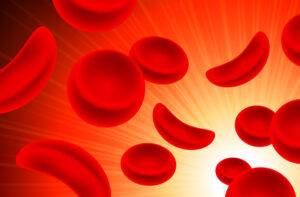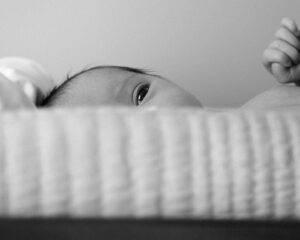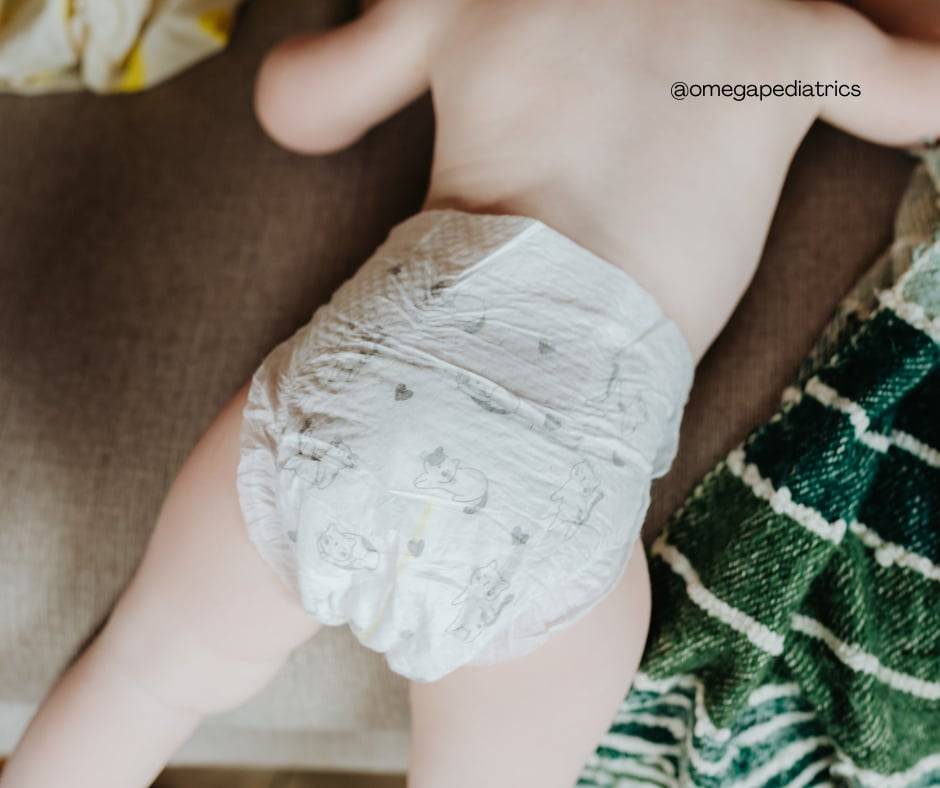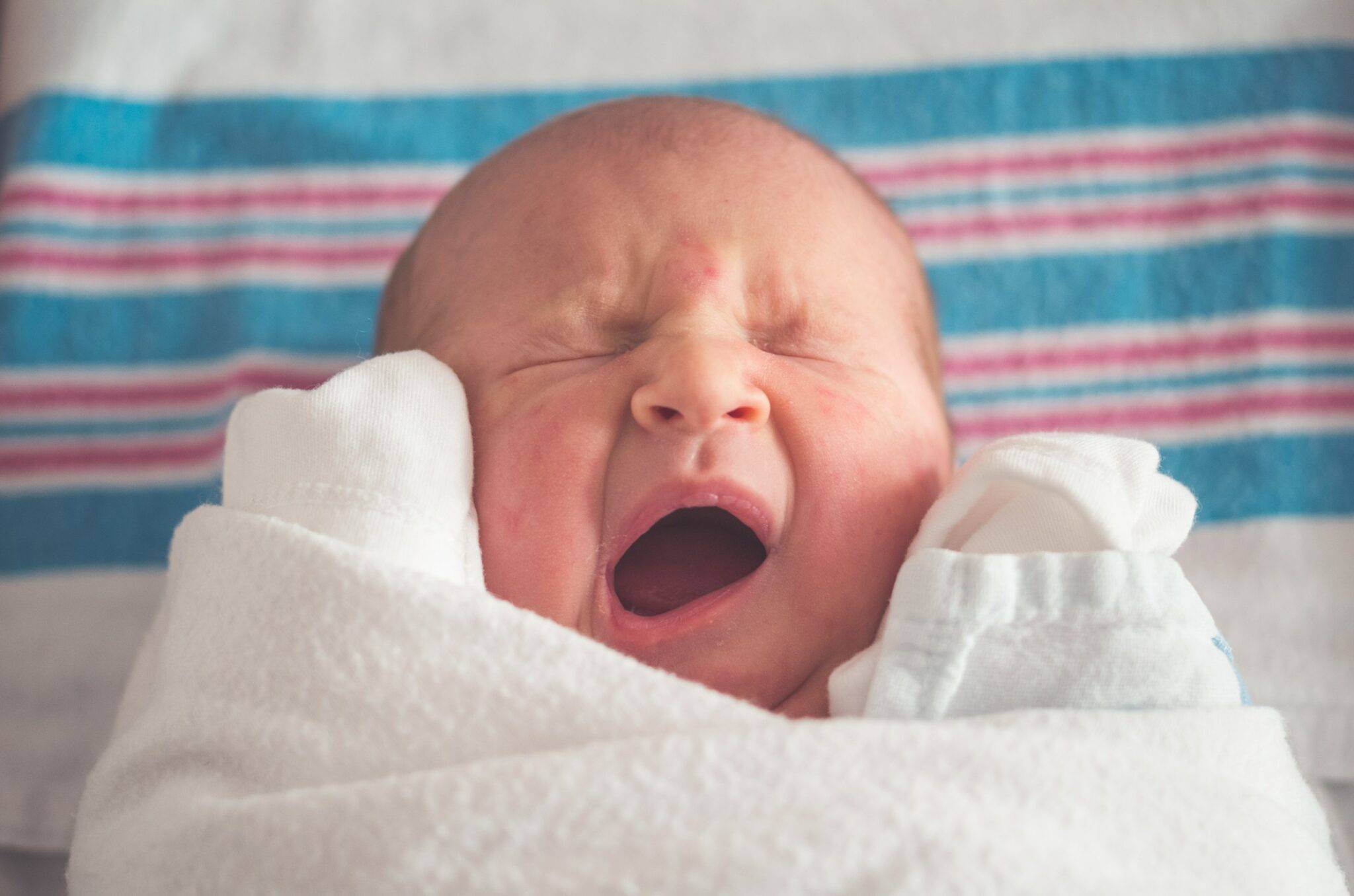Sudden Infant Death Syndrome (SIDS) is a devastating phenomenon that affects infants under one year of age, often occurring during sleep with no warning signs or clear reasons. Over the years, extensive research has led to the identification of several factors that can reduce the risk of SIDS, and one significant factor is the use of a bassinet.
This blog will delve into how bassinets contribute to a safer sleep environment for infants, helping to reduce the risk of SIDS.
Understanding SIDS
SIDS is a tragic and perplexing phenomenon defined as the sudden and unexplained death of an otherwise healthy infant, typically during sleep. In common jargon, it’s referred to as “crib death” since it occurs when a baby is sleeping.
It predominantly affects babies between one month and one year old, with the peak incidence occurring between two and four months old. Despite extensive research, the precise cause of SIDS remains elusive, making it a particularly distressing condition for families and healthcare providers.
The Risk Factors
Studies show that SIDS results from a combination of factors, including physical and sleep environment elements. These factors are:

Brain and Genetic Issues
- Brain Abnormalities: Some infants are born with brain abnormalities that make them more susceptible to SIDS. Abnormalities in the brain regions controlling respiration, heart rate, and arousal from sleep may impede their ability to wake up or respond to breathing challenges during sleep.
- Genetic Factors: Certain genetic mutations affecting the autonomic nervous system or cardiac function can increase susceptibility to SIDS.
- Gender: Male infants are more prone to SIDS than females, although the reasons for this disparity aren’t entirely understood.
Sleep Factors
- Sleep Position: Placing a baby on their stomach or side to sleep is associated with a higher risk of SIDS. These positions can obstruct the airway or lead to the rebreathing of exhaled air, resulting in hypoxia (lack of oxygen).
- Sleep Environment: Soft bedding, pillows, stuffed animals, or loose blankets can pose suffocation risks. These items can create pockets of trapped air, increasing the likelihood of the baby rebreathing carbon dioxide.
- Overheating: Overdressing the baby or keeping them very warm creates a sleep environment that can lead to overheating, which is another risk factor for SIDS. Overheating can disrupt the normal regulation of breathing and arousal.
Environmental Factors
- Developmental Delays: Infants who experience delays in their development of critical systems controlling breathing and arousal from sleep are at higher risk. This is often seen in premature babies or those with low birth weight. Premature birth or being part of multiple births increases the likelihood of an underdeveloped brain, which can make an infant more vulnerable.
- Maternal Factors: Factors such as maternal smoking during pregnancy, young maternal age, late or no prenatal care, and substance abuse can increase the risk of SIDS. Exposure to smoke in the postnatal environment also elevates the risk.
- Infections: Respiratory infections or minor colds can contribute to breathing difficulties, making infants more vulnerable to SIDS.
What is a Bassinet?
Given the complexity and tragic nature of SIDS, creating a safe sleep environment is paramount. This is where bassinets come into play. These are small beds specially designed for infants, typically up to four months old.
A bassinet is characterized by its lightweight, portable design, with a hood or canopy, providing a confined, cozy sleeping space for newborns. These are typically used for the first few months of a baby’s life until they transition to a crib.
Benefits of Using a Bassinet to Reduce SIDS Risk
1. Proximity to Parents
One of the key recommendations to reduce the risk of SIDS is for infants to sleep in the same room as their parents, but not in the same bed. Room-sharing without bed-sharing decreases the risk of SIDS by as much as 50%.
A bassinet allows parents to keep their baby close by, making it easy to monitor their baby’s sleep and respond quickly to any signs of distress without the dangers associated with bed-sharing.
2. Flat and Firm Sleep Surface
Babies should sleep on a firm and flat surface. Bassinets are designed to provide a firm mattress that supports the infant’s back on an even sleeping surface. This is crucial because soft surfaces increase the risk of suffocation if an infant rolls over onto their stomach.
3. Minimal Bedding
Overly soft bedding, pillows, and stuffed animals are known risk factors for SIDS due to the risk of suffocation or rebreathing trapped air. Bassinets are typically small and designed for minimal bedding, thus reducing the risk of these hazards.
The confined space of a bassinet discourages the accumulation of excessive bedding and other items that could pose a risk.
4. Back-Sleeping Position
Placing infants on their backs to sleep is one of the most critical recommendations for reducing SIDS risk. Bassinets facilitate this practice since they are designed to comfortably support a baby lying on their back.
Additionally, because of their design, bassinets discourage infants from rolling over onto their stomachs, a position associated with higher SIDS risk.
5. Breathable Design
Modern bassinets are designed with breathable materials, such as mesh sides. This design ensures proper air circulation around the sleeping infant, reducing the risk of overheating and ensuring that the baby has access to fresh air, even if they turn their face towards the side of the bassinet.
6. Portability and Accessibility
The lightweight and portable nature of bassinets means that parents can easily move them around the house, ensuring that the baby sleeps in the safest environment possible regardless of where the parents are. This constant proximity allows parents to watch over their baby’s sleep.
Additional Safety Measures When Using a Bassinet
While using a bassinet can significantly reduce the risk of SIDS, it is essential to follow additional safety guidelines to ensure the infant’s safety:
- Avoid Loose Bedding: Always use a fitted sheet designed for the bassinet mattress. Avoid using blankets, pillows, or any soft items inside the bassinet. If extra warmth is needed, use a sleep sack or wearable blanket.
- Ensure a Proper Fit: Make sure the bassinet mattress fits snugly within the bassinet frame, with no gaps. Gaps between the mattress and the sides of the bassinet can pose a suffocation hazard.
- Keep the Bassinet Bare: The American Academy of Pediatrics (AAP) recommends keeping the sleep environment bare as possible. The baby should be placed alone in the bassinet, without toys, bumpers, or other soft objects.
- Monitor the Baby’s Sleep Position: Always place your baby on their back to sleep, never on their side or stomach. Once the baby can roll over independently, continue to position them on their back but allow them to find their sleep position.
- Maintain a Comfortable Room Temperature: Overheating is a risk factor for SIDS. Keep the room at a comfortable temperature and avoid overdressing the baby. The baby should be lightly clothed for sleep, and the room should be cool and well-ventilated.
- Regularly Inspect the Bassinet: Regularly check the bassinet for any wear and tear or damage that could compromise its safety. Ensure that all parts are securely fastened and that the bassinet remains stable when the baby is inside.
Innovations in Bassinet Design
In response to the growing understanding of safe sleep practices, several innovative bassinet designs have been developed to enhance infant safety further:
Smart Bassinets
Some modern bassinets are equipped with smart technology, such as motion sensors, monitors, and connectivity to smartphone apps. These features can alert parents to any changes in the baby’s movement or breathing patterns, providing an extra layer of security.
Automatic Soothing Mechanisms
Some bassinets come with built-in rocking or vibrating mechanisms that can soothe a fussy baby back to sleep. While these features can be convenient, it is essential to ensure they are used safely and according to manufacturer guidelines.
Height-Adjustable Models
Bassinets with adjustable heights allow parents to align the bassinet with their bed, facilitating easy access to the baby for nighttime feeding and comfort without bed-sharing.
Use a Bassinet for Your Baby to Reduce the Risk of SIDS

The use of a bassinet plays a significant role in reducing the risk of SIDS by providing a safe and controlled sleep environment for infants. Key features such as a firm sleep surface, breathable materials, and minimal bedding are essential in mitigating risks.
By adhering to safety guidelines and considering modern innovations in bassinet design, parents can create a secure sleeping space that supports the well-being of their infant. Continued research and development in infant sleep safety improves our understanding and practices.
By staying informed and utilizing tools like bassinets, parents can significantly contribute to reducing the incidence of SIDS and ensuring a safer start to their baby’s life. Reach out to Omega Pediatrics for more insightful guidance on caring for your newborn. They would be glad to meet and welcome you, newbie moms, at their clinics.




